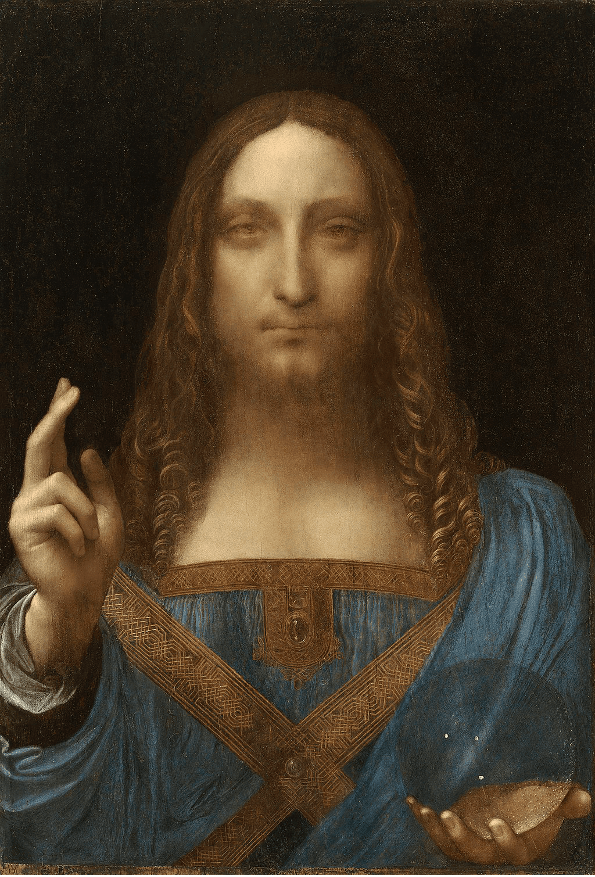
It is not easy to determine the value and then the price of a work of art. It depends on the current market conditions — political, economic, cultural, emotional, psychological and many other factors are important. From the interest in the artist, from the context and his biography, and much more. However, auction houses have been coping with this task perfectly for several centuries. We will analyze how they sell the most expensive pictures of the world in today's material.
Back in 1852, Murillo's painting "Immaculate Conception" sold for a record 24,600 pounds at that time. An unprecedented excitement played into the hands — the Louvre, the National Gallery, and even a representative of the Russian tsar fought for the work. As a result, the Louvre became the winner in this fight. Now we live in an era when records are broken every year. Let's recall at least the loud sale of the "Savior of the World" for $ 450 million.
.png)
Murillo "Immaculate Conception"

Leonardo da Vinci (?) "Savior of the World"
The one who came up with the concept of the auction was a genius and a connoisseur of the human soul. Just imagine, a potential buyer comes to a pre-auction exhibition and finds a work of art to his taste. Then the days of tedious waiting last and that very evening comes — the evening of the auction. Having gathered the will into a fist and the money for payment, a person is preparing for a gambling fight for the desired art object. The auctioneer calls the lower bar and the most terrible thing begins — a constant increase in the price and finally someone else becomes the proud owner. It is difficult to imagine what a person feels at this moment who has set his sights on buying a certain work. Excitement and the …